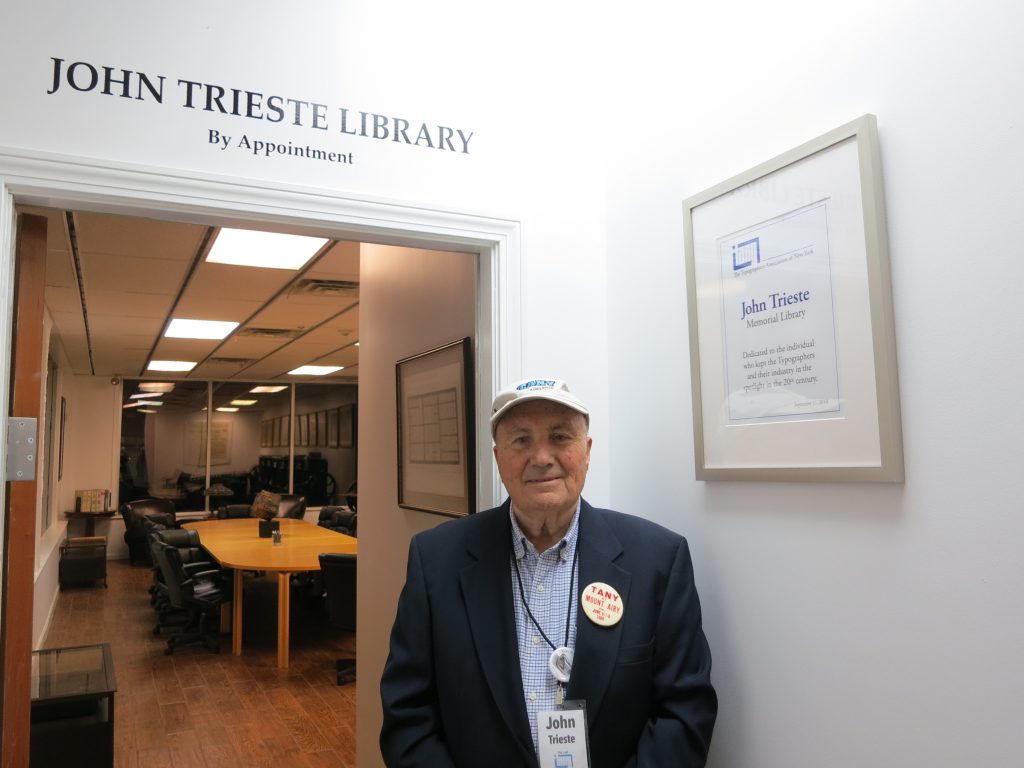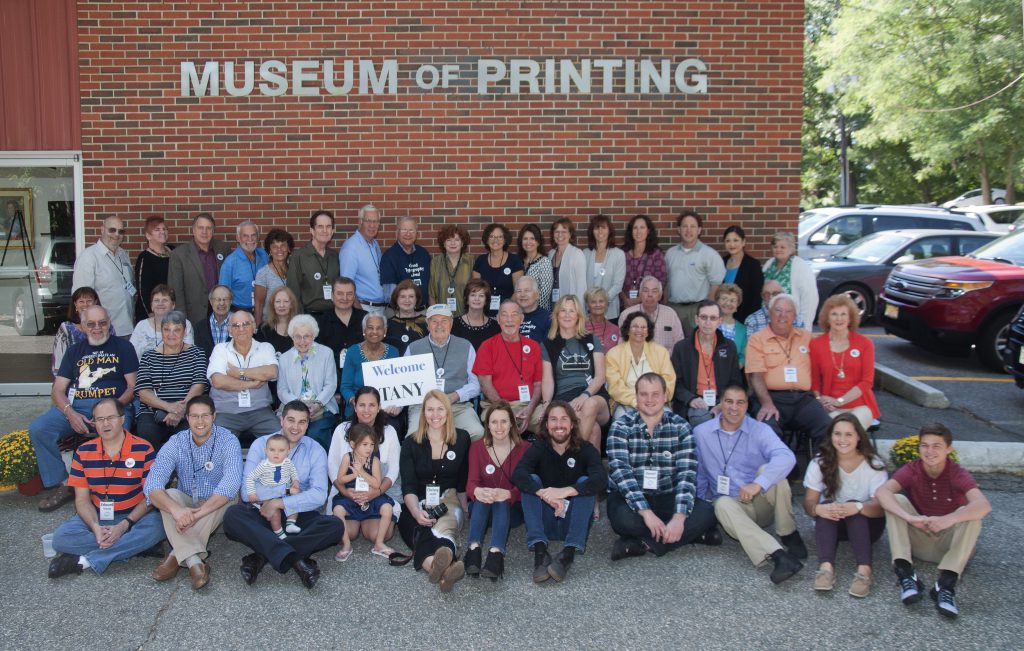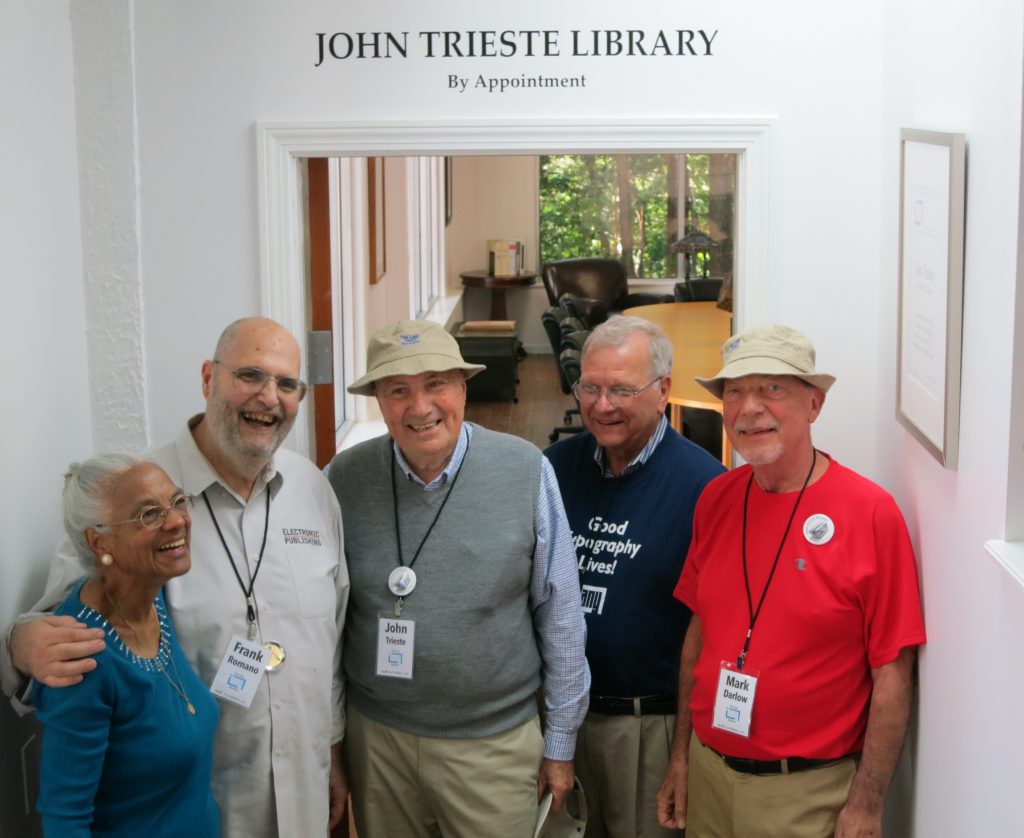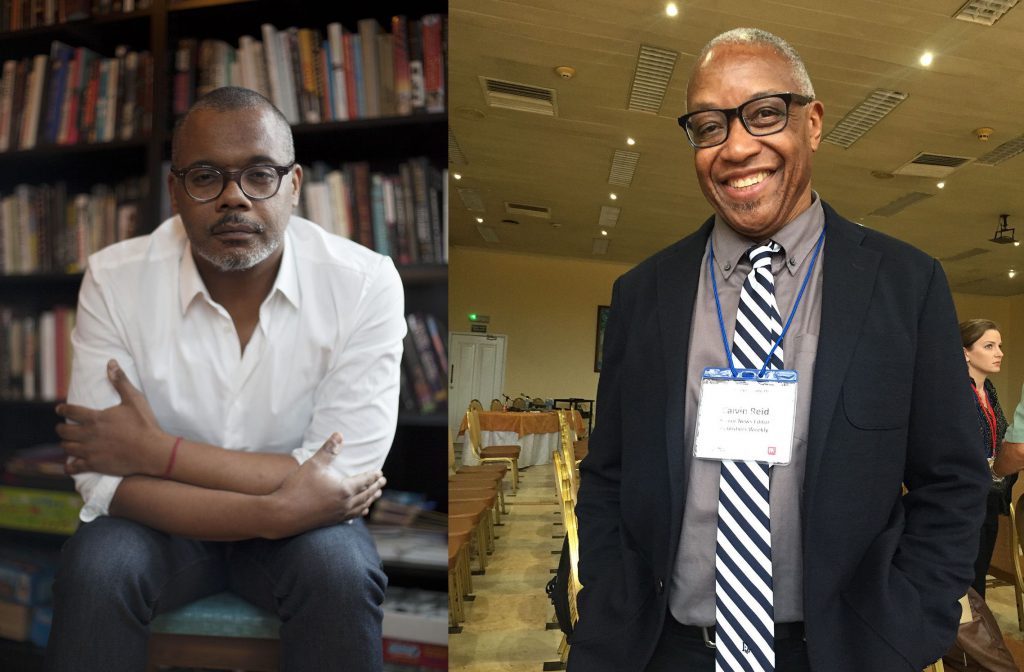 Once upon a time, the printing industry was full of small, craft-specific trade associations and fraternal groups that gave it a soulful center of gravity it doesn’t have today.
Once upon a time, the printing industry was full of small, craft-specific trade associations and fraternal groups that gave it a soulful center of gravity it doesn’t have today.
Operating on shoestrings, these grass-roots guilds lacked the extended organizational structures and the revenue-focused business objectives that give national trade associations their heft. What they had going for them, mostly, were the warm feelings of good fellowship they inspired and the genuine pleasure their members always took in one another’s company.
When these groups and clubs thrived, it was for two reasons: the engagement of the members and the quality of the professional leadership. The former wasn’t possible without the latter. The key to everything was the guidance of executive directors who could rally the troops, plan the activities, sweat the small details, and keep all their members mindful of why they enjoyed being with one another as much as they did.
No circle of friends or person-in-charge ever made the small-group model work more winningly than the Typographers Association of New York (TANY) and John Trieste, the association executive who shepherded it for more than 30 years. TANY is no longer active as an association, but there are still plenty of former members who remember the good times they had when it was. Something else they can’t forget is how much of the joy of their shared experience they owe to Trieste.
And so came more than 50 people to the Museum of Printing in Haverhill, MA, on September 17 to celebrate what they said was but probably wasn’t their “last reunion.” They joined the Museum in dedicating a library to Trieste in recognition of his exceptional record of service to TANY and the other New York metro area trade associations he oversaw. The guests, numbering more than 50, included 22 members of the honoree’s extended family. Everyone shared in the pride of seeing him receive the permanent tribute that the designation of the space in his name represents.
 Friends of TANY and fans and family of Trieste at the Museum of Printing
Friends of TANY and fans and family of Trieste at the Museum of Printing
Fittingly, the John Trieste Library will serve as the Museum’s learning center for the study of the art and the science of typography. The Museum’s chief curator and principal organizer, Frank J. Romano, is a leading expert on typography and a former member of TANY himself. A guest lecturer at many TANY functions, Romano officiated at the library dedication ceremony and hosted a banquet in Trieste’s honor in another part of the Museum.
The event also was an occasion for Trieste to talk about his years with TANY and the trajectory that industry groups followed during and after that time.
He wasn’t always a trade association executive, having worked as a letterpress pressman and a mapmaker for 10 years before being hired by the New York Employing Printers Association (NYEPA) in 1960.Within five years, NYEPA, a network of groups representing the owners of 1,500 printing firms and trade shops, had asked him to take over the management of a number of the groups including the Brooklyn Printers Association, the Printing Estimators and Production Men’s Club, and the typographers’ section that became TANY.
Later, on behalf of other umbrella organizations for the metro area, Trieste would also run the Sales Association of the Graphic Arts, the Long Island Graphic Arts Association, and the Binders and Finishers Association. Mavis Da Costa, a career administrator who is as revered by TANY for her contributions as Trieste is for his, assisted him in many of these assignments.
The keynote of his management style for all of these groups, and particularly for TANY, was camaraderie. “Our mission was to change the owners’ perception of each other from rivals to colleagues,” he says. “If we were colleagues instead of competitors, we would be stronger as an industry.”
Trieste knit TANY together with regular meetings in which expert speakers briefed the group on best business practices, technological developments, and other essential topics for providers of typographic services. A regular presenter at these gatherings was Jack Powers, a consulting technologist who was one of the first industry observers to perceive the impact that desktop publishing and digitization would have on graphics firms of all kinds in the metro area.
 Titans of TANY, from left: Mavis Da Costa, Frank Romano, Bob Wislocky, and Mark Darlow
Titans of TANY, from left: Mavis Da Costa, Frank Romano, Bob Wislocky, and Mark Darlow
TANY members bonded personally through social gatherings and excursions to resort areas like Atlantic City and the Poconos—all courtesy of Trieste, who also photographed every event he emceed. Many of these images took attendees at the tribute on a stroll down memory lane in a pair of nostalgic slide shows that were among the high points of the program.
At its peak, TANY had an office on Eighth Avenue at 34th Street and 180 companies, union and non-union, on its member roster. However, times and technologies were changing, and the group’s fortunes changed along with them.
Trieste recalls membership dropping sharply in 1991 and 1992 as in-house typesetting and composition chipped steadily away at customers’ need to obtain these services from trade shops. Many typographic firms closed, merged, or morphed into other kinds of businesses. By 1997, there weren’t enough dues-paying members left to cover TANY’s expenses, and Trieste reluctantly suspended operations the following year.
He then retired to Florida—but “retired,” in the case of someone with Trieste’s full-time organizational instincts, is a highly relative term. He engaged with causes related to Alzheimer’s Disease and was active with his local chapter of AARP. Ever the event planner, he inaugurated a reunion of other industry members who had retired to the Sunshine State and kept the annual snowbird get-together going for 12 years.
He currently is a contributing writer for Senior Life of Florida, which publishes his monthly column on affordable, educational, and family-friendly tourist destinations in the central part of the state.
Frank Romano said that because of Trieste’s affectionate stewardship of the group, “TANY was my family” during the 10 years in which he commuted between his home in New Hampshire and the meetings he attended in New York City. Trieste hinted that although the gathering in his honor had been billed as the “last” assembly of the metro typographers, the term perhaps shouldn’t be taken too literally.
The group may not exist any longer in the formal sense, but the camaraderie of its members lives on. As long as this continues to be true, there’s no reason to dispute his claim that the event in Haverhill was “the first of the last reunions” that TANY can look forward to celebrating.

